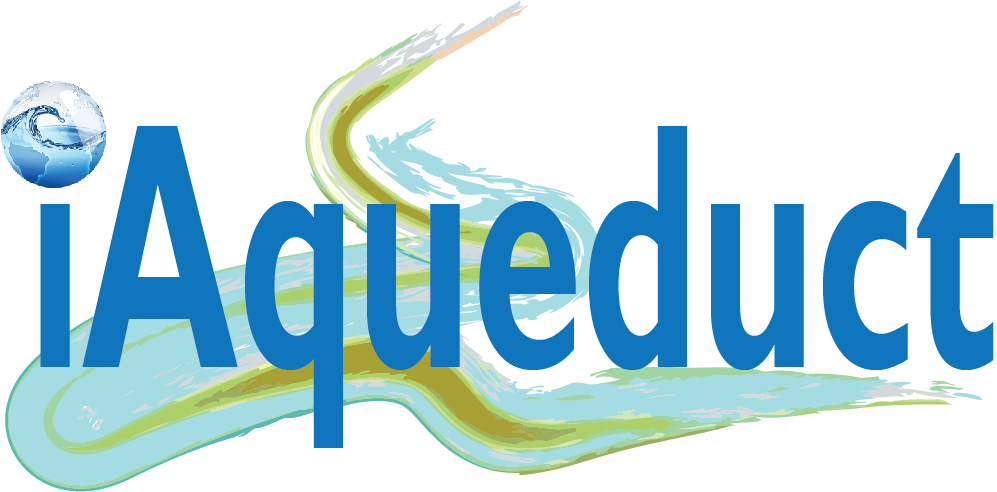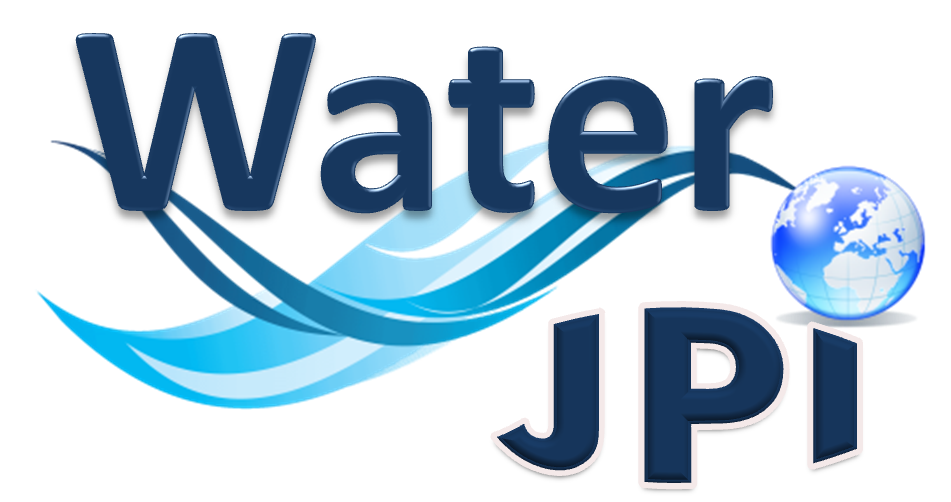Introduction to the TETIS model
The TETIS model has been developed for natural watershed, although it has modules to introduce the effects of human structures as dams. The aim is to obtain, in the best possible way, the hydrological response caused by the precipitation (rain or snow), taking into account the different physical processes involved and employing distributed conceptual hydrological modelling.
Demo Use Case: the Goodwin Creek catchment (Mississippi, USA) TETIS model
The Goodwin Creek catchment is an experimental catchment run by the USDA (US Department of Agriculture), whose data and parameters can be downloaded from this link. This demonstration is still under development, and is part of iAqueduct toolbox, which will include other functionalities for agricultural and water resources managements. The iAqueduct toolbox (currently, only the demo website) will be available on-line via the iAqueduct project portal www.costharmonious.eu/iaqueduct-water-jpi/Run the Demo
The map opens with the rainfall (P) and discharge (Q) stations. The graph initially shows the rainfall and the observed discharge per station. Move the mouse over the stations on the map to highlight the corresponding rainfall or observed discharge curve. Move the mouse over each rainfall or discharge curve to highlight the curve and also the corresponding station on the map. When positioning the mouse over a node on the curve (a circle), the rainfall or discharge value at that location and time is displayed.Press the Compute button under the map to run the TETIS model over the data layers provided. Computation takes about 5 seconds. Computation adds the predicted (by TETIS) discharge curves to the graph.
Scroll and zoom the map to get an overview of the area. Click the layer-buttons above the map to turn them on and off. Zoom in and out the graph using the mouse-wheel; pan the graph using the mouse. Check/uncheck the locations under the graph to show/hide the corresponding curve. The graph indicates units using two y-axes: rainfall (mm) on the left y-axis, and discharge (m3/sec) on the right y-axis.
References
TETIS is developed by the Research Group of Hydrological and Environmental Modelling (GIMHA) http://lluvia.dihma.upv.es/ of the Universitat Politècnica de València http://www.upv.es/. The reference implementation of TETIS as a Fortran program with a Java frontend can be downloaded at this link. For more information on the TETIS model, pls. contact Prof. Félix Francés García: ffrances@upv.es .About: This demo web-app developed for iAqueduct by consortium partner ITC (Faculty of Geo-information Sciences & Earth Observation, Department of Water Resources, UTwente). For more information, pls. contact Y. Zeng: y.zeng@utwente.nl and V. Retsios: v.retsios@utwente.nl .
The iAqueduct project has received funding from European Commission and Netherlands Organisation for Scientific Research (NWO), in the frame of the collaborative international consortium (iAqueduct) financed under the 2018 Joint call of the Water Works 2017 ERA-NET Cofund. This ERA-NET is an integral part of the activities developed by the Water JPI (Project number: ENWWW.2018.5). For more project info, pls. contact Bob Su: z.su@utwente.nl and Yijian Zeng: y.zeng@utwente.nl.


